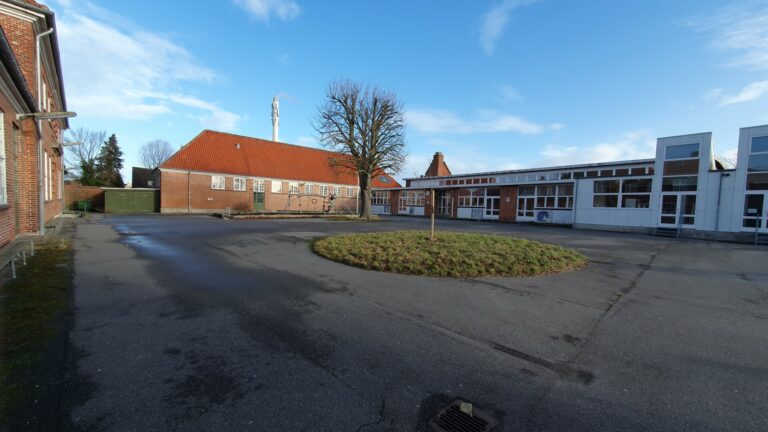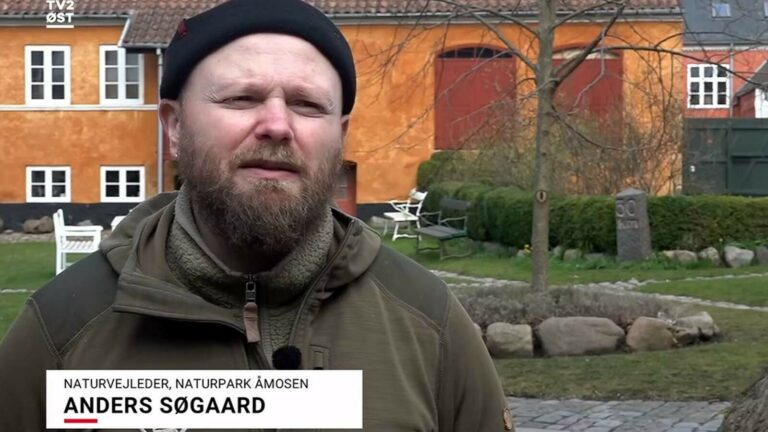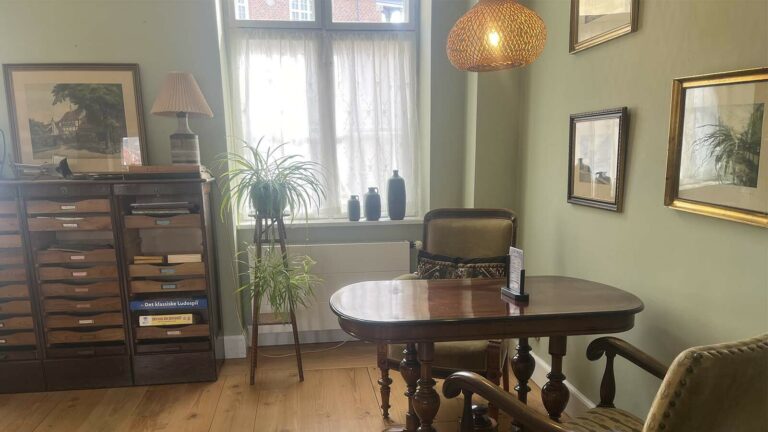In 2022, Museum Vestsjælland has been busy excavating an over-ploughed giant's house at Skælskør, which, among other things, has uncovered a completely new and unknown burial chamber and 5000-year-old human bones. The excavation has been included in the Danish Palaces and Culture Agency's top 10 list of the year's most impressive archaeological finds. Below you can read more about the find and the exciting excavation and via this link you can read The Danish Palaces and Culture Agency's press release with the year's Top 10 of the year's most impressive archaeological finds.
Christmas gift from the peasant stone age
Detectorists' discovery of a human skull leads to the giant's room
While the vast majority of us were busy with the many traditional Christmas preparations shortly before Christmas Eve 2021, two detector operators had gone out to a field down to Noret in Skælskør, where they searched the newly plowed field with a metal detector in search of metal objects from the Iron Age. The mulch's Christmas gift to the two detector operators was neither gold nor silver, however, because suddenly a human skull peeked out of the black mulch.

The detector operators looked more closely at the ground around the skull, and gradually more bones appeared on the rise, from which there is a wide view of Skælskør and Noret. They therefore immediately contacted Museum Vestsjælland, and a brief investigation on the spot determined that it was the remains of a large giant's room from the Peasant Stone Age. It could only be the large stone-built burial mound, which in 1884 had been described as one of Zealand's largest giant mounds. In 1893, the giant's house had been demolished and the tons-heavy stones removed, probably because they had to be reused in the construction of a building, bridge or road. Now the remains of the giant's room had surfaced again.
Jætstuer are large burial chambers that were built of stone weighing tons in the time around 3300-3200 BC. A long, narrow passage was laid out perpendicular to the chamber, so that one could get in and out of the interior of the burial mound. Throughout ancient times, there have been several burials of many people and burial gifts in a period of over 1000 years. Jættestuen's burial chamber is surrounded by a burial mound.

Excavation in Skælskør
In the summer of 2022, Museum Vestsjælland began an excavation of the giant's room at Skælskør. It turned out to contain the remains of an eleven-metre-long burial chamber and the associated almost six-metre-long corridor, which can easily be recognized as paving stones and large stone tracks, where the heavy side stones have stood in their time. In the mound, you can see more details of the giant's house's construction, and probably also the very last remains of secondary burials in the mound. In addition, a completely new and large grave monument has appeared immediately to the west of the giant's room and in the same direction as this one. It approx. The 12x6 meter grave monument is surrounded by a canvas, and it is from the burial chamber in this facility that the many human bones originate, together with amber beads, an axe, cross arrows, ceramics and seashells. Possibly the remains of another burial chamber from a giant's room? Future studies will probably be able to clarify that.

Preserved ancient monuments
Although there are almost 700 preserved giant houses in Denmark, the protected giant houses are precisely protected monuments of the past, where only the necessary restorations are carried out to preserve the stone-built burial mounds for posterity. It is therefore rare that there is an opportunity for extensive studies of the construction and structure of a giant's house. The excavation of the giants' hut at Skælskør therefore contains important information about the construction and use of the 5000-year-old grave monuments, including the many rituals, burial customs and other burials that have taken place over time in and around the giants' huts.
The grave monuments lie immediately below the soil layer in the field and are slowly plowed up. That is why the Danish Agency for Castles and Culture has financed the study of the giant's house and the adjacent grave from a pool for cultural and erosion-threatened ancient monuments.





